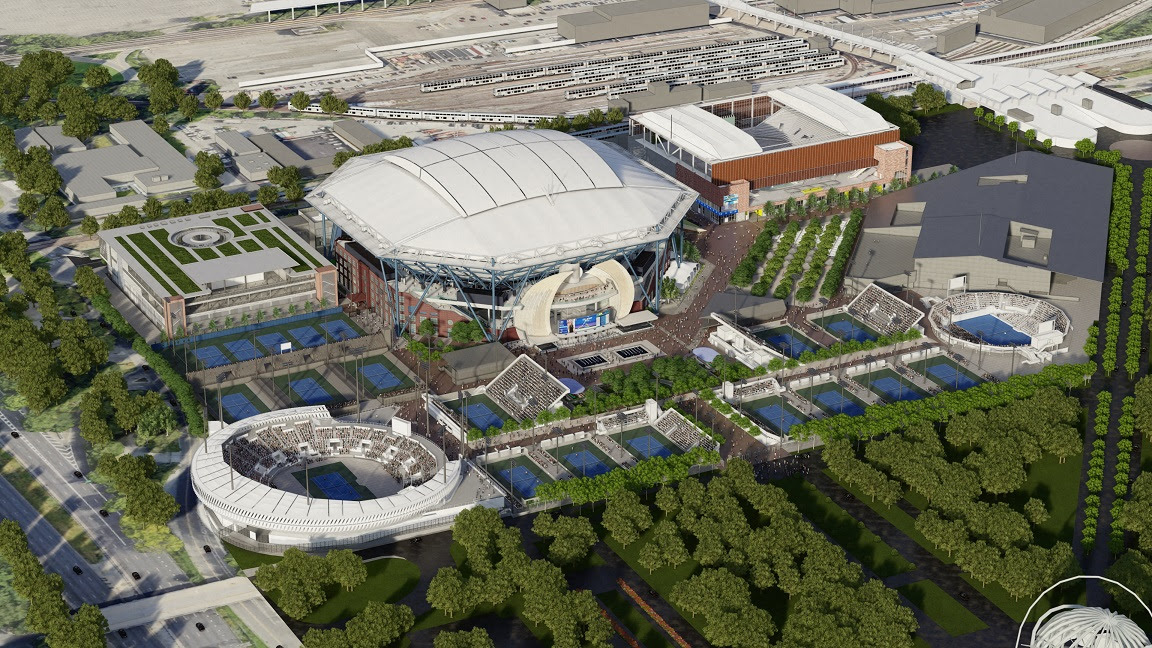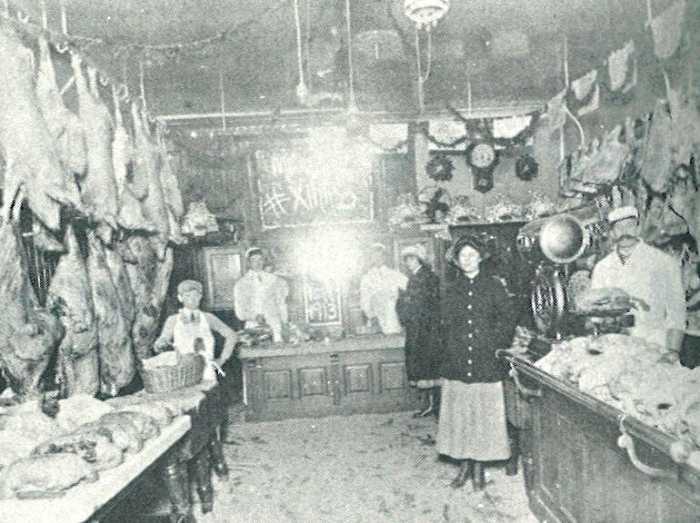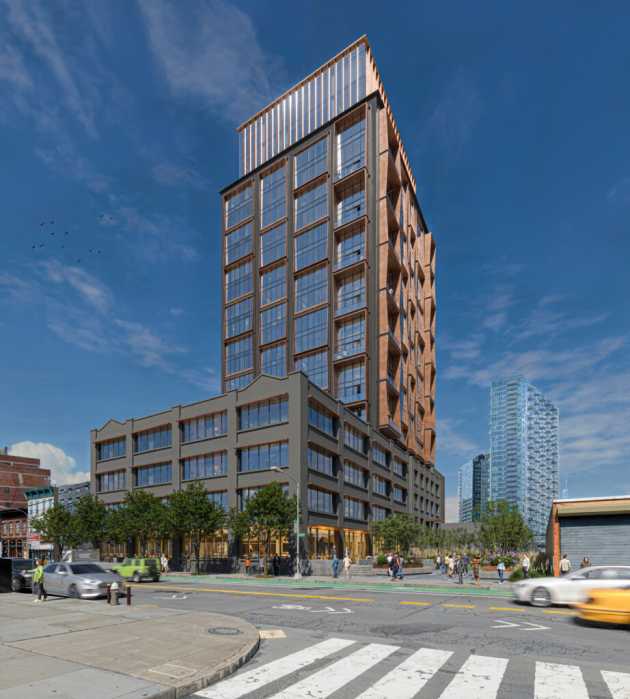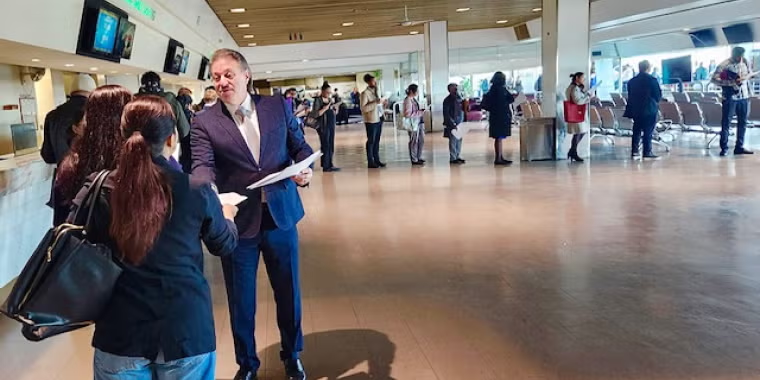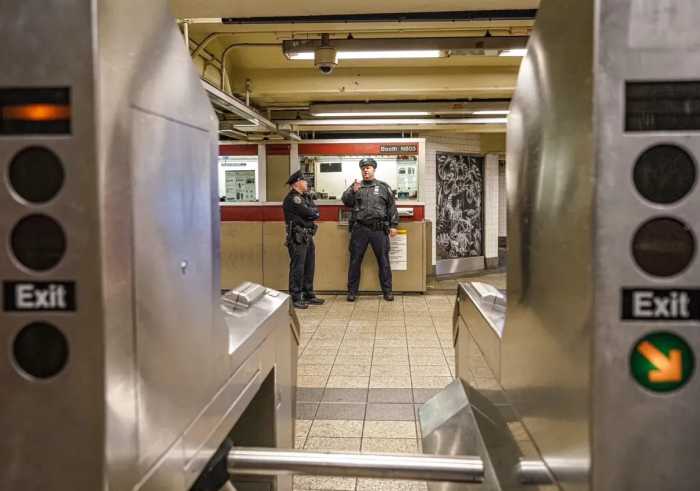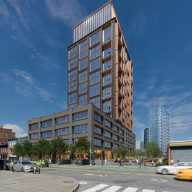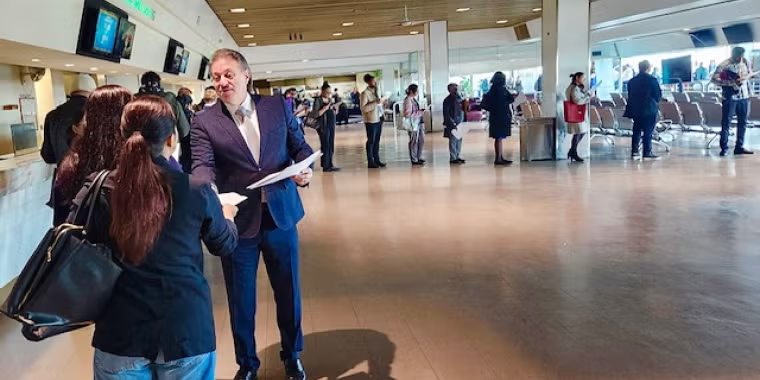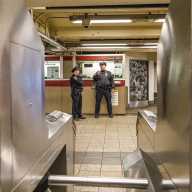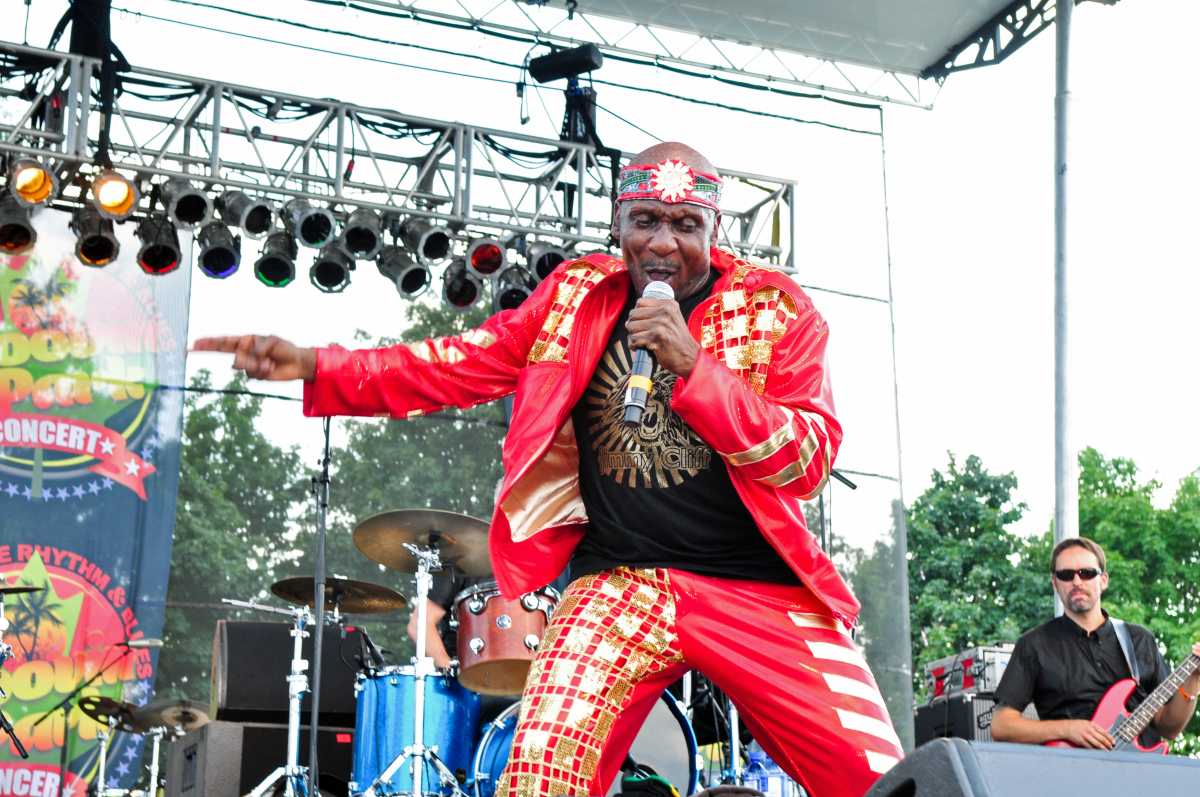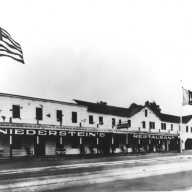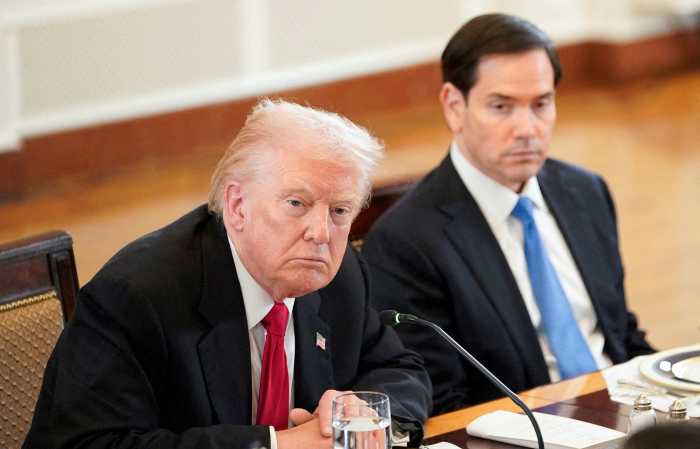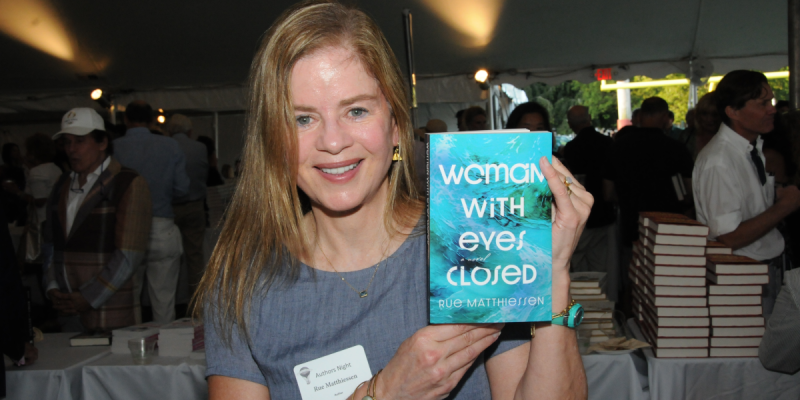The United States Tennis Association (USTA) has announced an $800 million investment, unveiling plans to reimagine Arthur Ashe Stadium and construct a cutting-edge Player Performance Center to elevate the US Open’s global stature and athlete experience in Flushing.
The investment, which represents the largest single investment in US Open history, will elevate fan, player and partner experience at the annual tournament at the Billie Jean King National Tennis Center, USTA officials said at a launch event at the Times Center at 242 W 41st St. in Manhattan on Monday evening.
Officials said the project will be funded entirely from the USTA’s coffers and is scheduled to completed by the 2027 US Open, with work to take place across multiple phases.
USTA CEO Lew Sherr said spectators may not immediately notice a difference inside Arthur Ashe when the work is complete but said that is part of the idea. However, the work will also include noticeable upgrades to the stadium’s concourses and suite levels, Sherr said.
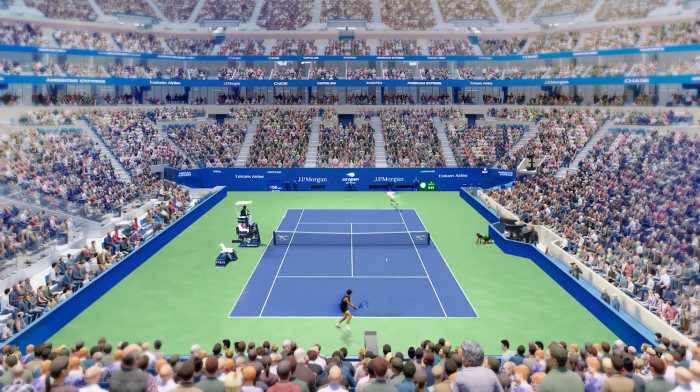
The project will expand the number of courtside seats in the stadium from 3,000 to 5,000 by moving the venue’s suite and club levels higher up and replacing the existing suites with new luxury suites. The new suites will also have access to enhanced dining options and hospitality spaces in addition to their own dedicated concourse, National Tennis Center Chief Operating Office Daniel Zausner said Monday.
He added that the project will reduce the number of seats in the upper loge and promenade by about 2,800, reducing the overall capacity of Arthur Ashe by up to 200 seats.
The work will also significantly expand the concourse for fans in the loge and promenade, expanding concourse space by 40% and increasing the number of retail options by 30%.
Zausner added that the project will increase the number of restrooms for promenade and loge guests by about 30% while also adding doubling the number of escalators and elevators in the stadium from two to four. Meanwhile, the project will also include an overlook bar on the newly-expanded concourse, offering views out over the US Open complex toward the Unisphere in Flushing Meadows-Corona Park.
Zausner said the redevelopment of Ashe will “exponentially” improve the experience of fans in the stadium’s upper levels by reducing the number of guests and adding more services. He noted that the loge and promenade areas currently make up more than 19,000 seats at Ashe and said the redesign will help bring fans closer to the action.
Plans also include a brand-new “visually-striking” grand entrance to the famous stadium.

The $550 million redevelopment of the iconic tennis stadium will be carried out by Rossetti, the architect firm behind the original construction of Arthur Ashe Stadium in 1997.
Meanwhile, the planned Player Performance Center will be built on the top two floors of a new four-story building on the west side of Arthur Ashe, providing players with expansive locker rooms, lounges, dining areas, a new player-only café and a dedicated entrance for players entering the US Open complex. It will also include indoor and outdoor fitness and warmup areas, featuring turf, track and US Open court surfaces for training.
The $250 million center will be housed above a two-story parking lot within the new four-story building.
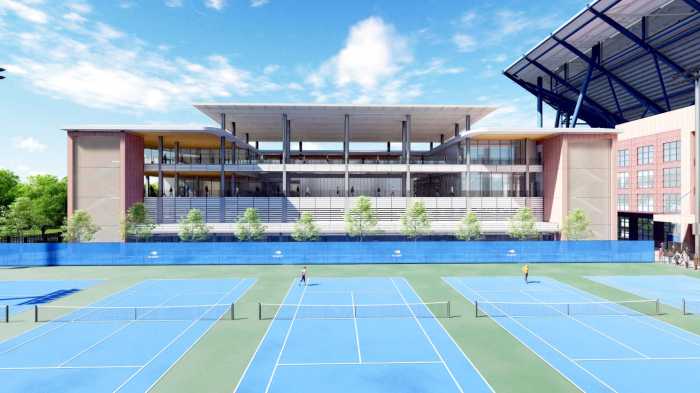
Zausner noted that only eight to ten players would be playing on Ashe on a given day during the US Open and said the Player Performance Center is an effort to cater to all players and their staff. He said close to 2,800 players and members of their teams attend the event every year.
Tennis legend John McEnroe, a four-time winner at the US Open, said the new performance center would be a big hit among the players, adding that he experiences a pang of jealously when he sees the facilities available to modern-day pros.
“The players are going to love this,” McEnroe said Monday. “There’s a twinge of jealousy and envy, but it’s also pride, because, in a way, I’d like to think that we’ve all been part of this in a certain way.
“New York City is the greatest city in the world, and it only makes sense to have the greatest and biggest and the best.”
McEnroe also praised the USTA for enhancing the experience for guests in the loge and promenade portions of Ashe, stating that it is these fans who bring the energy during the famous night events on the iconic court.
“They’re the diehards. They’re bringing the energy,” McEnroe said. “There’s no way anyone can tell you that Arthur Ashe is not rocking at night – it’s rocking hard.”
Construction on the redevelopment of Arthur Ashe is already underway, with structural work reinforcing the column load for the venue ongoing since last fall. Officials said the work is mostly structural and will not be noticeable to fans attending the 2025 US Open but said it will allow the USTA to increase the concourse sizes across 2026 and 2027.
Phase Two of the project will take place between the 2025 and 2026 US Opens, with the USTA set to expand the courtside bowl before the 2026 event in addition to replacing existing clubs and suites with modern luxury suites.
The final projects in Arthur Ashe Stadium will be completed ahead of the 2027 US Open, including the completion of the new concourse for loge and promenade guests. The new grand entrance, designed by architect Daniel Libeskind, will also be completed ahead of the 2027 tournament.
Meanwhile, the USTA has already completed the first two stories of the new Player Performance Center, introducing a two-story parking lot ahead of the 2025 tournament. The center will be constructed ahead of the 2026 US Open but will not be accessible to players until 2027, with interior work set to be carried out between 2026 and 2027.
USTA officials said the work would not impact capacity or fan experience at Arthur Ashe Stadium over the next three years.
Asked if the $800 investment would result in a hike in prices for guests, Sherr pointed to expansions of Fan Week, a free week-long event that takes place in the week leading up to the main draw of the US Open. He said the event has been expanded significantly in recent years, noticing that fans will have free access to the mixed doubles championship for 2025.
He also stated that USTA underprices and subsidizes a significant number of tickets to make the event more affordable for more people.
“It’s a mix. We are a major global sporting event, and for the best access at the later end of the tournament, the prices get quite high. We don’t back away from that,” Sherr said. “We feel great about the value that we deliver to fans, and the marketplace certainly speaks with their with their wallets.”
Sherr said the project, which will be funded from USTA reserves and debt leveraged against anticipated profits from the planned redevelopment, will help the USTA to re-invest more money back into tennis across the United States.
He said tennis has experienced five years of continued growth in the US, moving from 17.7 million players in 2019 to almost 26 million players last year.
However, he said the growth has been so quick that there are now not enough coaches and courts to support people who want to get lessons and learn how to play the sport.
Sherr said the $800 million investment will help USTA reach its goal of reaching 35 million players across the country by 2035.
“Our investments are being redirected to make sure that we continue to support growth,” Sherr said. “These investments in the Open will allow us to generate profits into the future and maintain the profits that we have into the future to support the general mission.”
Zausner, on the other hand, said the redevelopment of Ashe would also represent the “rebirth” of the famous stadium to coincide with its 30th anniversary in 2027.
“When you come back in 2027 for the 30th anniversary, you will see a brand new Arthur Ashe stadium, both on the inside and outside,” Zausner said.

